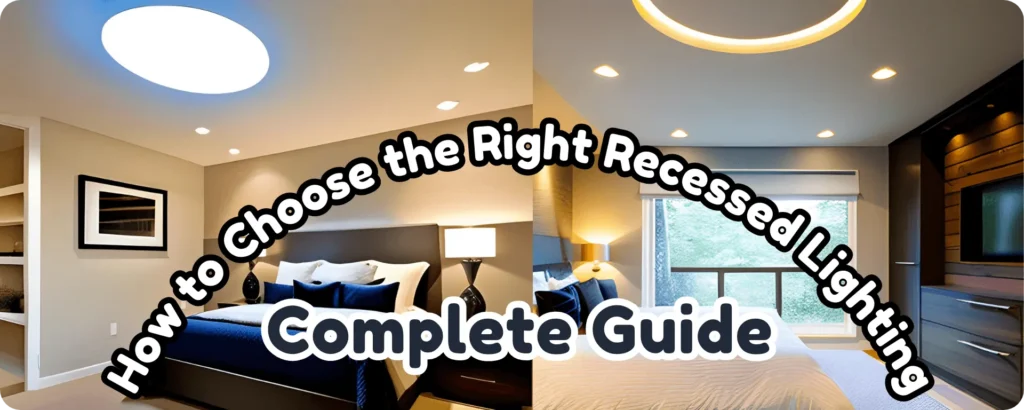

What is Recessed Lighting?
Recessed lighting, also known as can lights or downlights, is a type of light fixture that is installed into the ceiling. It is commonly placed in the corners or center of a room and offers a sleek and unobtrusive lighting solution. Recessed lights are available in various types, including LED recessed lights, which utilize Light Emitting Diodes as their light source, providing energy-efficient and long-lasting illumination.
These lights are often referred to as architectural grade or commercial grade, suitable for both indoor and outdoor use. Consumers have the option to choose between retrofit and new construction recessed lights. LED recessed lights, in particular, boast an impressive lifespan of around 50,000 hours, translating to approximately 20 years based on average daily usage.
How to Choose the Right Recessed Lighting?
When considering the installation of recessed lighting in your home, it’s essential to be aware of the qualities that define the best recessed lighting options:
1. Brightness:
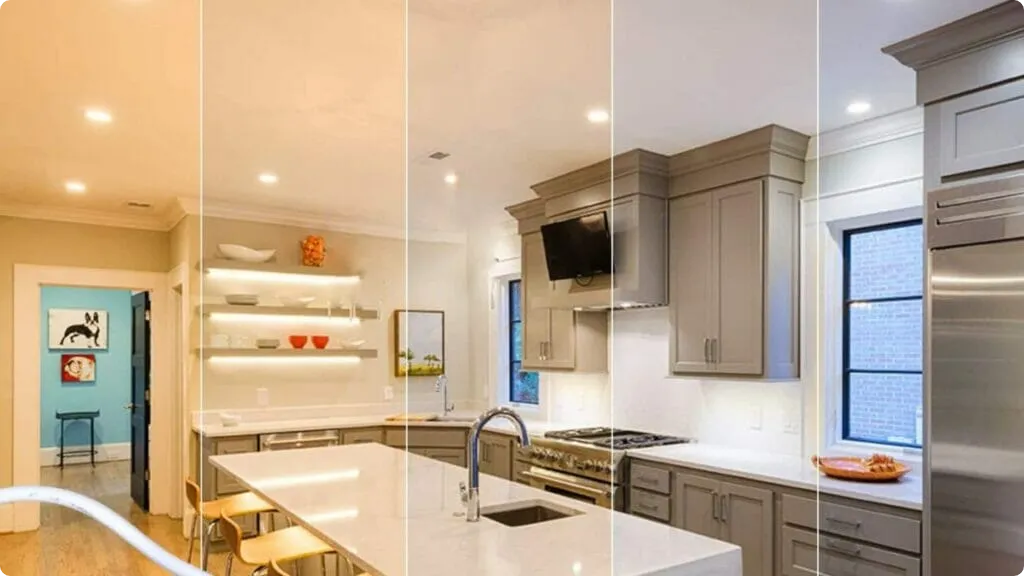

The brightness of the recessed light is crucial. It should provide adequate illumination for the room without causing glare on walls and furniture. Striking the right balance between brightness and comfort is key.
2. Size & Shapes:
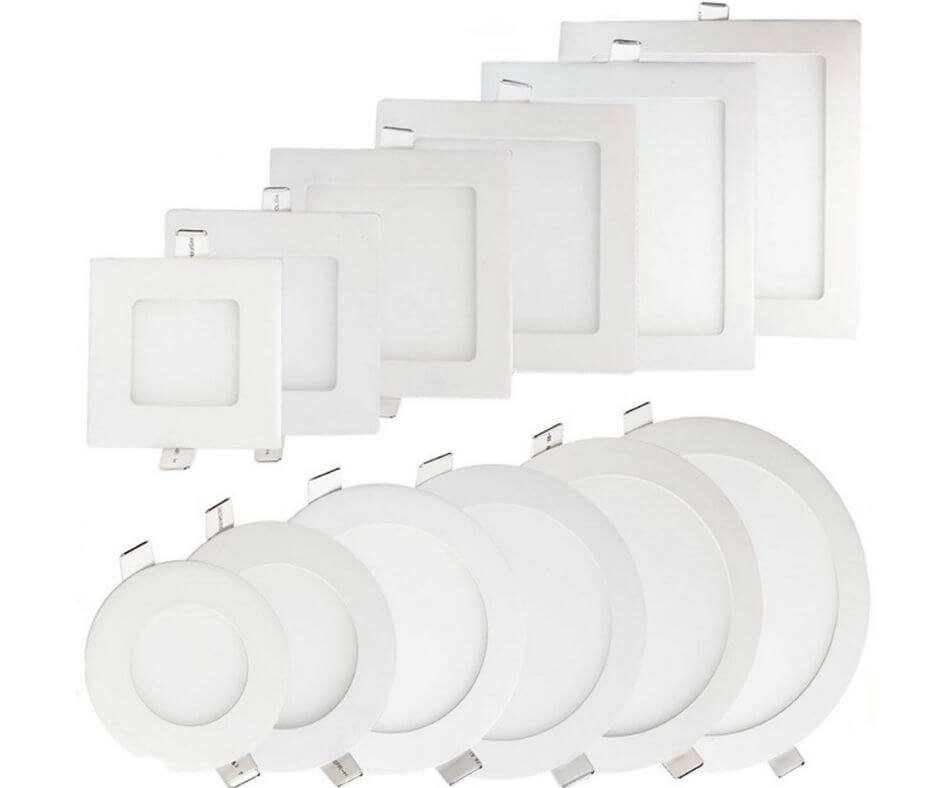

Recessed LED lights come in various shapes and sizes to cater to different needs. From ceiling-mounted fixtures to track lighting on the floor, they offer versatility in design. Common sizes include 3, 4.5, 6, 7, and 8 inches, with 4- and 6-inch sizes being widely used. Additionally, LED lights are available in both round and square shapes.
3. Installation:
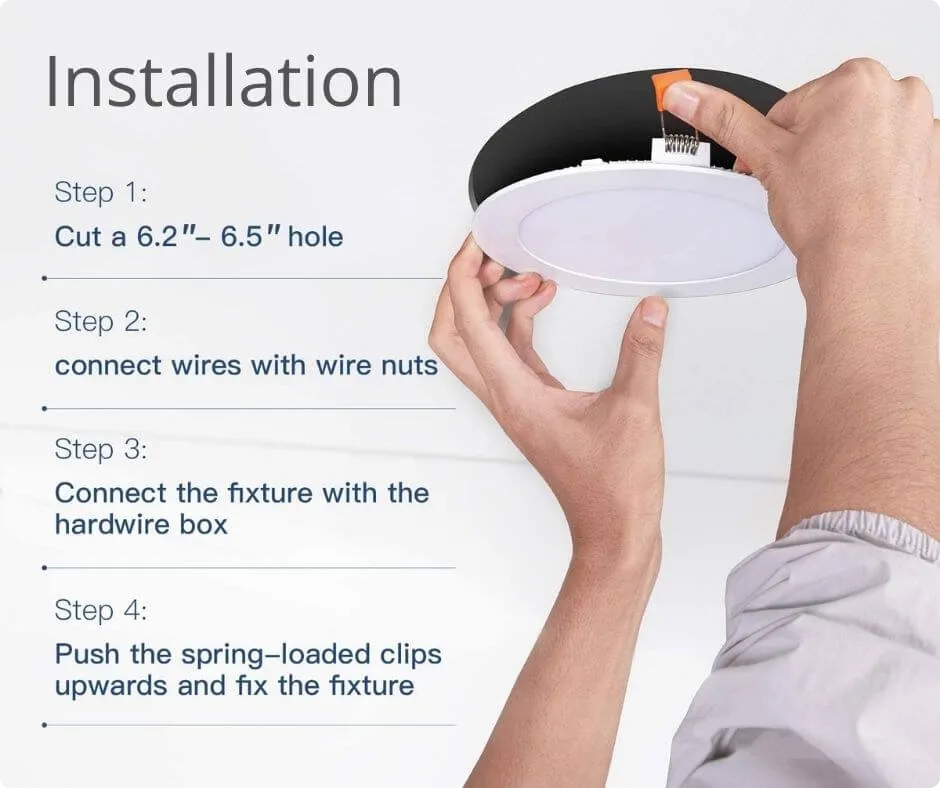

The ease of installation is another vital factor. LED lights generally offer a straightforward installation process, but following the manufacturer’s instructions is essential to ensure a safe and successful installation. If you’re unsure or unfamiliar with the installation process, professional assistance may be worth considering.
The 3 Top Questions to Ask Yourself Before Buy Recessed Lighting
Before purchasing recessed lights, consider the following questions:
1. How much light do you need?
Understanding your lighting requirements is crucial. Determine if you prefer ample light for a well-lit kitchen, a modest amount for basic tasks, or a dim atmosphere for a cozy ambiance.
2. What is the shade depth at your home?
Measure the distance between the top of a recessed lighting fixture and the bottom of its shade (shade depth). This ensures compatibility with your space, especially if you have high ceilings or unique room shapes.
3. What are the light color temperatures that you want in the room?
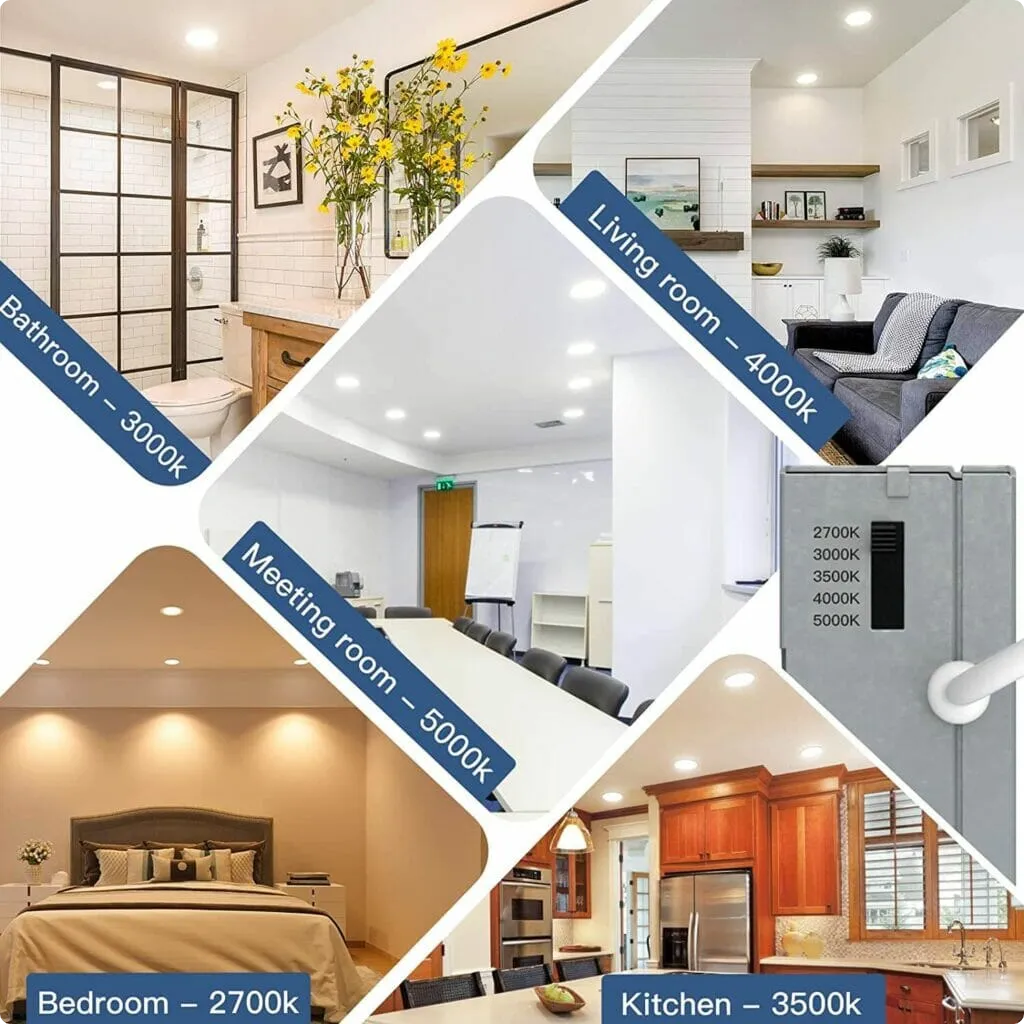

The color temperature, measured in Kelvin, determines the warmth or coolness of the light. Consider the desired atmosphere and match the color temperature accordingly. Opting for LED lights with temperatures around 3000K to 3500K is common for a balanced and natural environment.
Final Words:
By understanding these qualities and answering the essential questions, you can make informed decisions when selecting the best-recessed lighting for your space. Choose wisely to achieve both functionality and aesthetics in your lighting setup.

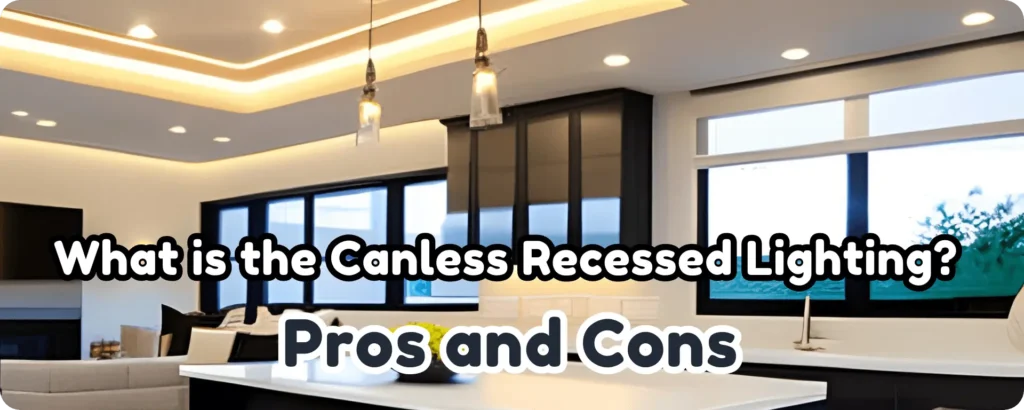
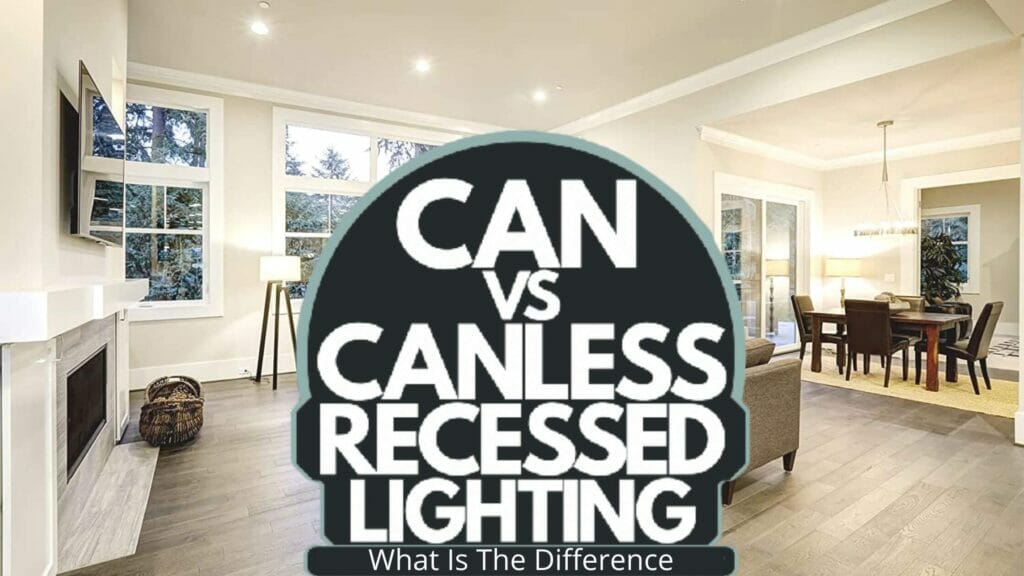
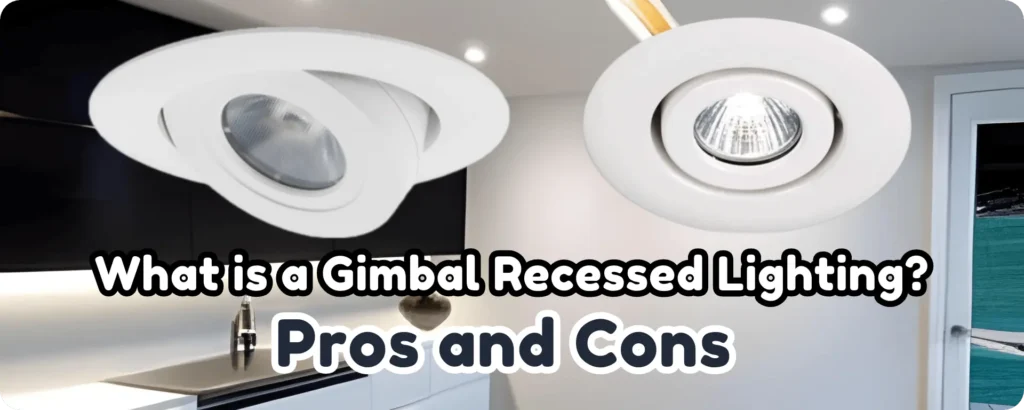
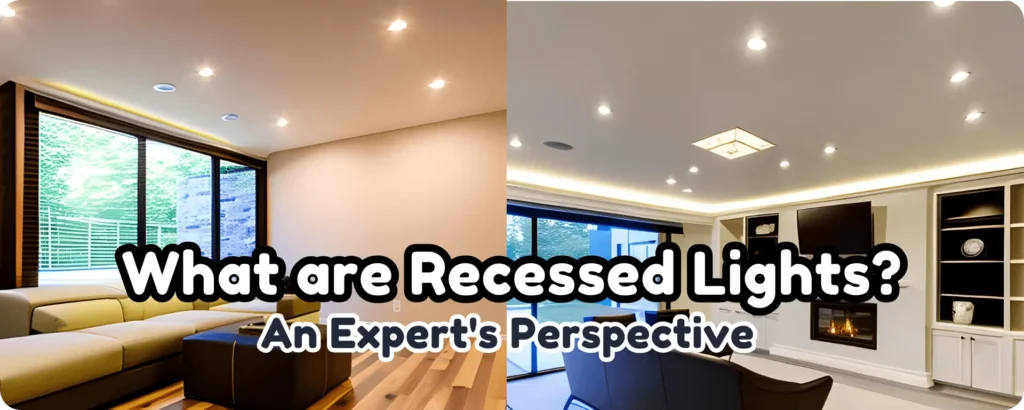
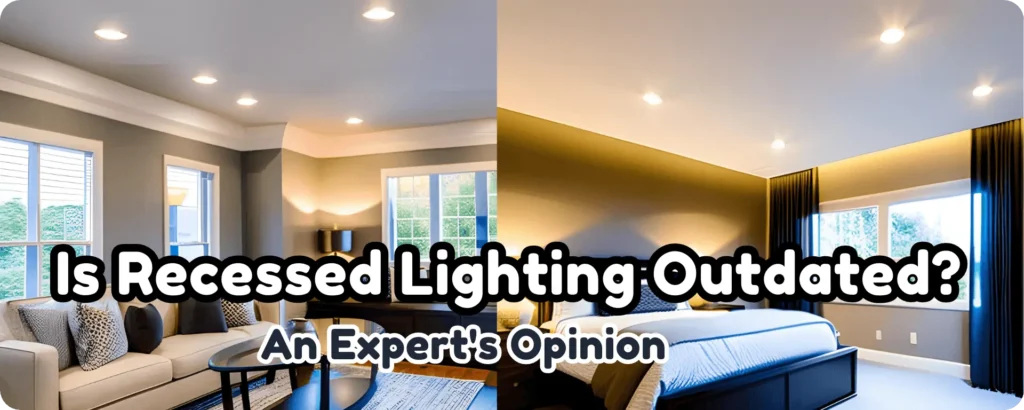
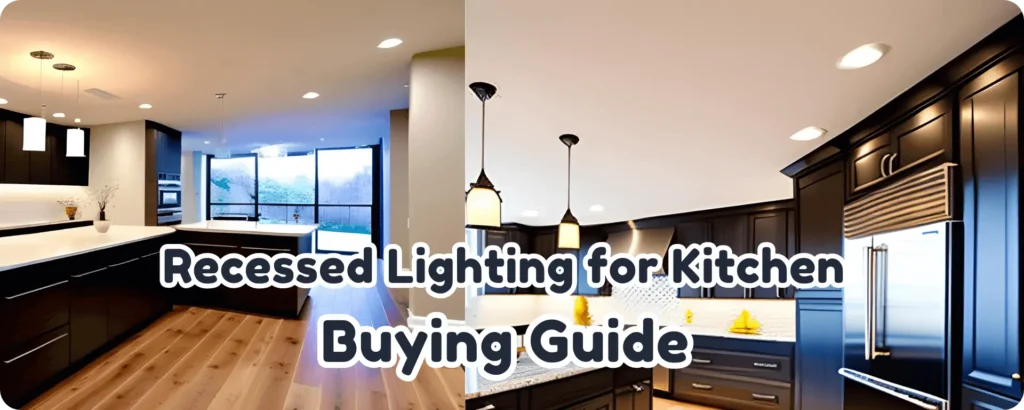
Pingback: Can Vs Canless Recessed Lighting - The Difference
Pingback: What Is The Canless LED Recessed Lighting? - Best Light Review
Pingback: What Is Gimbal Lighting & How To Work - Bestlightreview
Pingback: Is Recessed Lighting Outdated? The Ultimate Guideline
Pingback: Complete Guidance To Recessed Led Lights For Kitchen